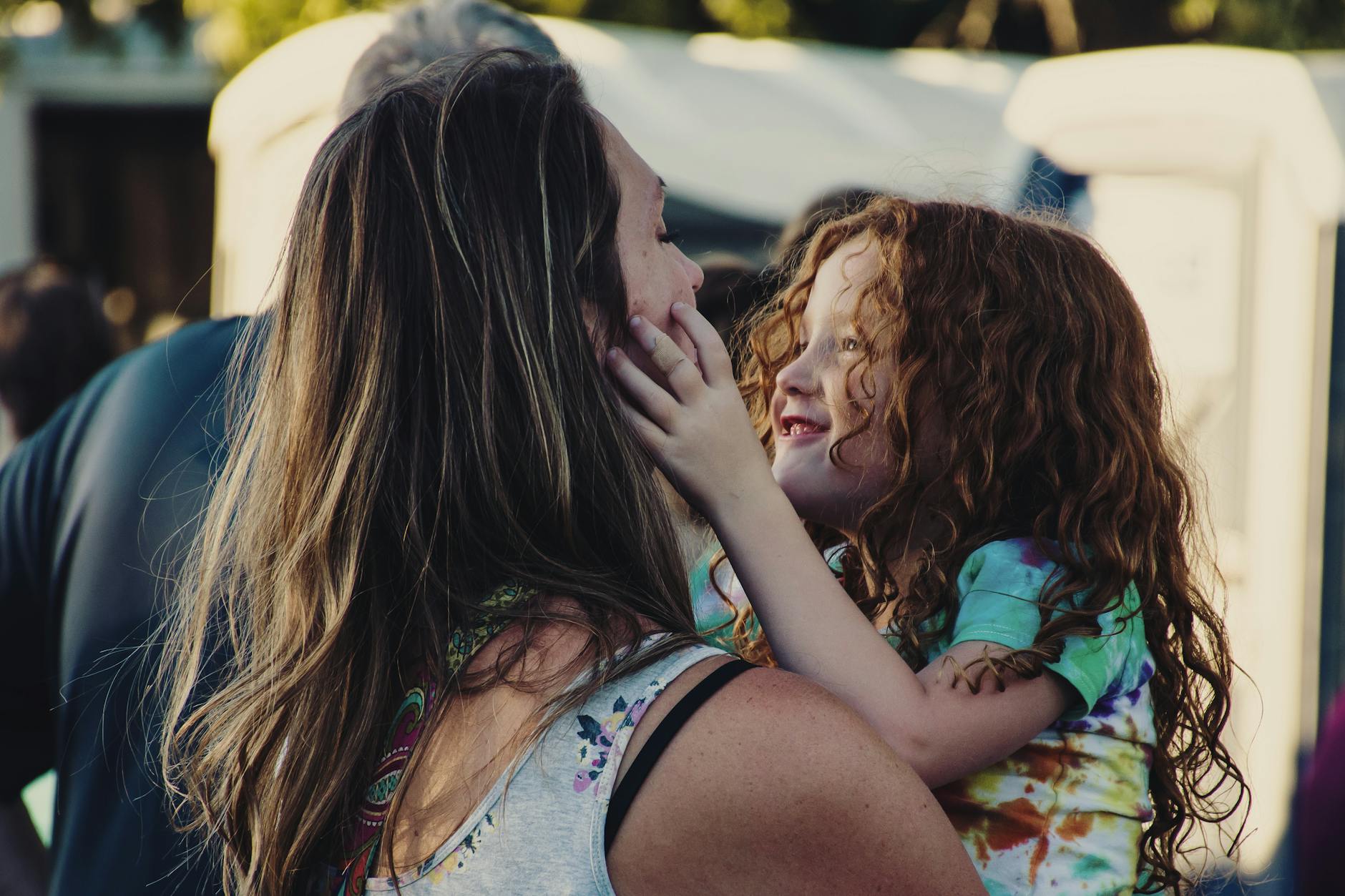Mini Visual Schedules for Busy Families

|
Getting your Trinity Audio player ready...
|
Research indicates that the people who are most successful at completing their goals, are those who write their goals down. There are a lot of ways to write down your goals (or the steps to complete your goals). Some people use schedules, mini-schedules, or checklists.
For some, it is difficult to maintain a daily schedule, or to ensure the completion of a schedule each day due to a variety of responsibilities. Sometimes a quick mini schedule can be really helpful in the moment.
What is great about using mini schedules is that you can quickly draw (or write) them on a piece of paper, your phone, a whiteboard, etc., and just erase or check off as you go. You can also laminate a piece of paper and use dry erase markers to create your mini-schedule. Some people like to use actual picture cards, especially when the child is very young or is nonverbal.
A mom I know always says “I can’t draw” so she used Paint tools to help her make the mini schedule below, but you can do this in whatever way works best (e.g., whiteboard, paper, photos, phone, tablet, computer, etc).

For some children, pictures help, for some pictures and writing helps. Other children can benefit from just having the tasks on the mini schedule written down (or writing the tasks themselves). It can be looked at as a mini-schedule or a checklist.
Remember to build those preferred activities into your mini-schedule.






